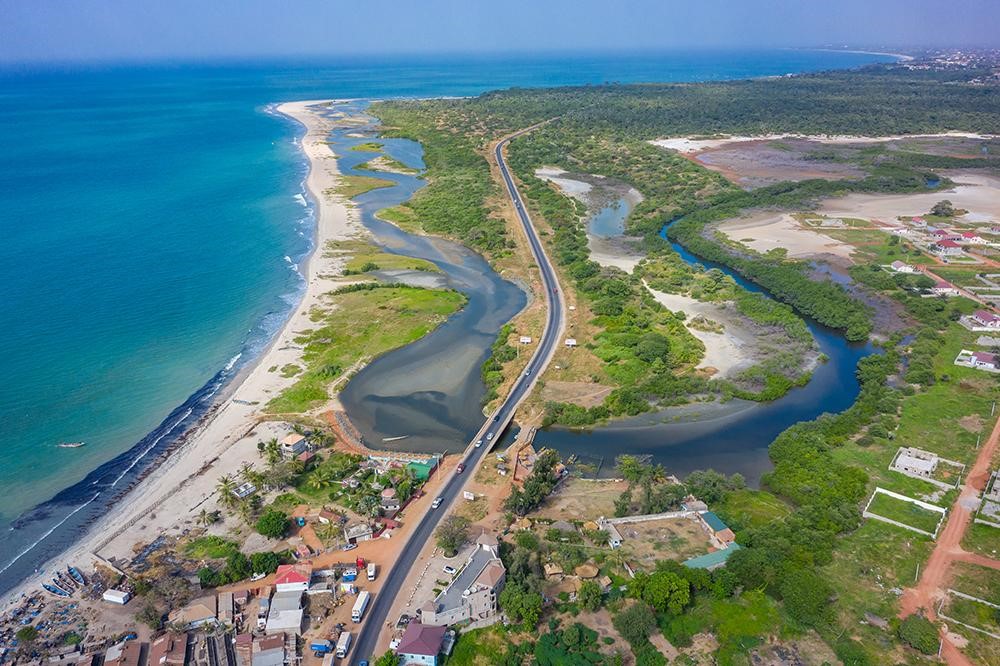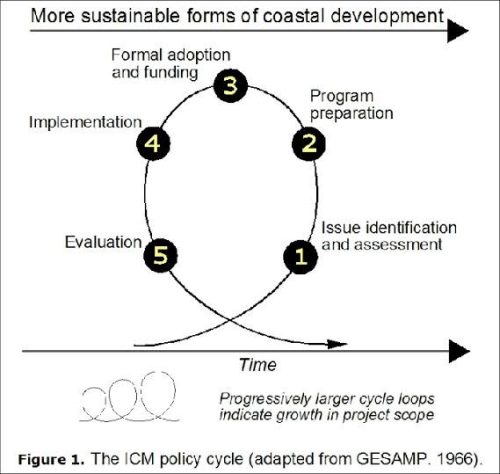Understanding Integrated Coastal Management (ICM)

Photo Credit : CPCS
Coastal areas are crucial ecosystems for human life and various other species. However, the complex challenges of coastal management such as climate change, urbanization, pollution, and the exploitation of natural resources demand an integrated and holistic approach. This underpins the importance of integrated coastal management.
Integrated Coastal Management (ICM) is an effective approach to addressing the current challenges of coastal management. ICM combines various elements, including ecological, social, economic, and institutional aspects, in efforts to ensure sustainability and balance between the utilization and conservation of coastal resources.
The aim of this article is to provide a comprehensive insight into ICM, why this approach is important, and how its implementation can aid in sustainable coastal management. With a good understanding of ICM, readers are expected to gain a new perspective on preserving coastal areas and tackling existing challenges.
Basic Concepts of Integrated Coastal Management (ICM)
Integrated Coastal Management (ICM) is a holistic and collaborative approach to managing water and land resources within a watershed or catchment area. The core of ICM is to understand and manage the watershed comprehensively, involving various stakeholders within it.
The main principles underpinning the ICM concept are:
- Ecosystem Approach: ICM views the watershed as an interconnected ecosystem, encompassing physical, biological, and socio-economic aspects.
- Integrated Management: ICM integrates the management of water, land, and related resources comprehensively.
- Multi-stakeholder Participation: ICM involves the active participation of various parties, including government, private sector, local communities, and civil society organizations.
- Adaptive Planning: ICM employs a dynamic and responsive planning approach to changing conditions on the ground.
The involvement of various stakeholders is a key element in ICM. This is because watershed management issues often involve multiple parties with different interests. Active participation from various stakeholders, ranging from policymakers and resource users to local communities, is crucial to ensure effective and equitable watershed management.
By involving various parties, ICM can produce more comprehensive and sustainable solutions. Each stakeholder can provide unique perspectives, knowledge, and resources, leading to a better understanding of the complexity of watershed issues. Additionally, the involvement of various parties can enhance the sense of ownership and shared responsibility in maintaining watershed sustainability.
In practice, ICM requires close collaboration among various stakeholders, from formulating a shared vision and objectives to the implementation, monitoring, and evaluation of watershed management programs. This approach also necessitates good coordination across sectors and administrative boundaries to achieve integrated watershed management goals.
Stages, Benefits, Challenges, and Solutions in the Process of Integrated Coastal Management (ICM)
The process of Integrated Coastal Management (ICM) involves several key stages that are crucial to consider. First, the planning stage, where an analysis of the existing conditions of the coastal area is conducted, problems are identified, and management objectives and strategies are formulated. For example, in coastal management, the planning stage can involve mapping coastal resources, analyzing conflicts of use, and drafting an integrated management plan.
The following stages is the implementation stage includes carrying out the action plans that have been developed, such as mangrove ecosystem rehabilitation, community-based tourism development, or pollution control. The monitoring and evaluation stage plays an important role in measuring the success of programs and adjusting strategies if necessary.

The ICM policy cycle (Photo Credit : Coastal Wiki)
The application of ICM has been proven to provide many benefits for coastal area management. One example is the improvement of coastal environmental quality in the city of Surabaya through mangrove ecosystem cleaning and rehabilitation programs. This has resulted in increased biodiversity and improved socio-economic conditions for coastal communities that depend on coastal natural resources. Additionally, ICM can assist in adapting to climate change, such as through the construction of resilient coastal infrastructure.
However, the implementation of ICM also faces several challenges, including conflicts of interest among stakeholders, lack of resources, and difficulties in integrating environmental, social, and economic aspects. Solutions that can be pursued include enhancing coordination between agencies, actively involving the community, and utilizing information technology to support data-driven decision-making. With a holistic and collaborative approach, the application of ICM is expected to continue to provide optimal benefits for the sustainability of coastal areas.
Conclusion
In conclusion, Integrated Coastal Management (ICM) is a holistic approach that addresses the complex challenges of coastal management. It emphasizes the integration of ecological, social, economic, and institutional aspects to achieve sustainable development. Stakeholder engagement plays a crucial role in ICM, ensuring the inclusion of diverse perspectives and fostering collaboration among various stakeholders. By involving stakeholders, ICM can be more effective, adaptive, and responsive to the needs and aspirations of coastal communities.
References
(2009). Integrated Coastal Zone Management: Guidelines. Intergovernmental Oceanographic Commission, Manuals and Guides.
World Bank. (2002). Integrated Coastal Zone Management: Lessons and Opportunities. Washington, D.C.: World Bank.

